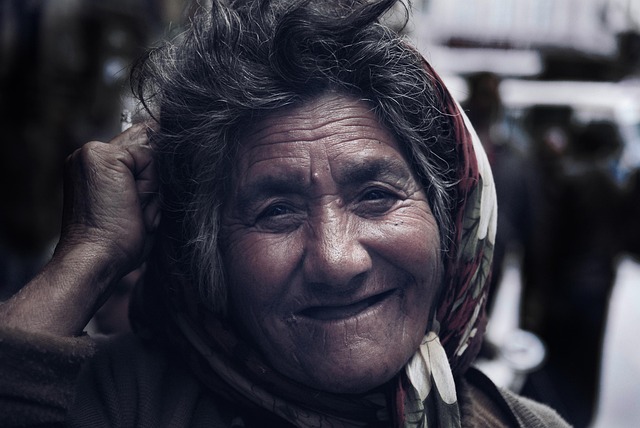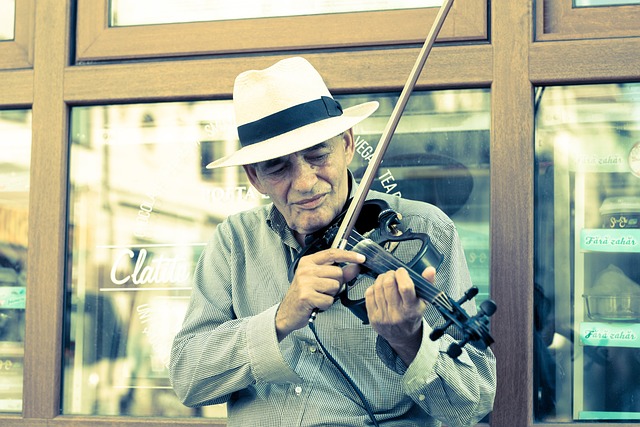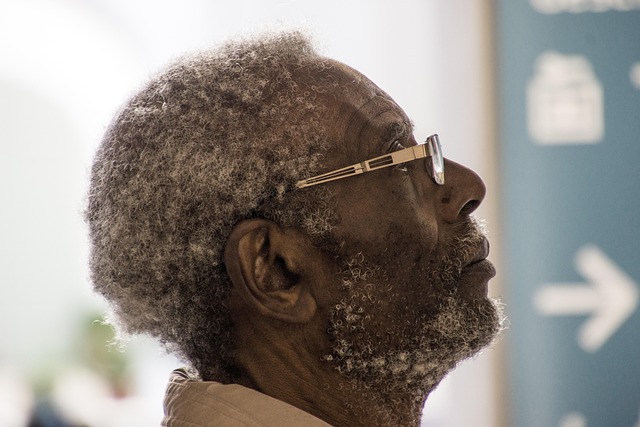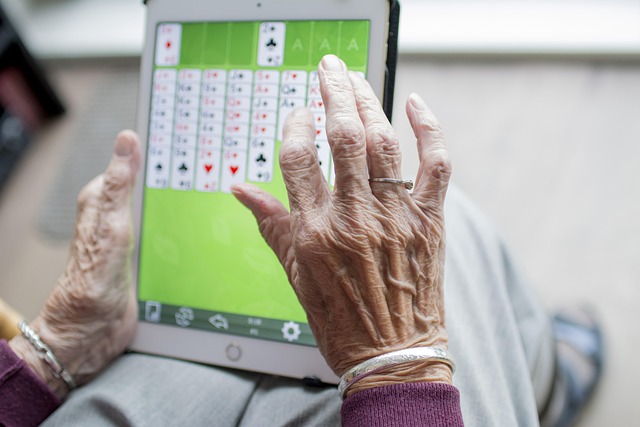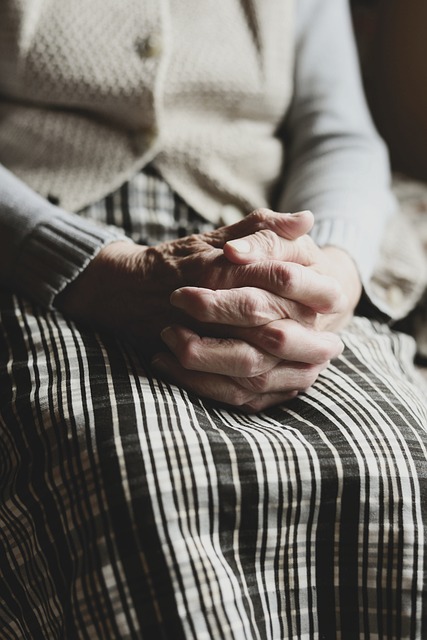Community design is a powerful tool in real estate, fostering social support through shared spaces like parks and community centers that encourage connections among neighbors. Mixed-use zoning promotes diverse interactions, enriching the community atmosphere. Building strong social ties through events, forums, or shared amenities enhances residents' sense of belonging, open communication, and mutual support, ultimately improving the quality of life in real estate communities.
In today’s fast-paced world, a strong community atmosphere in real estate developments is more crucial than ever for fostering social support. This article explores how thoughtful community design can cultivate meaningful connections and enhance well-being. We delve into strategies that promote social integration, from creating shared spaces to implementing engaging initiatives. By focusing on these aspects, real estate communities can blossom into vibrant hubs where residents thrive socially and emotionally.
The Role of Community Design in Social Support
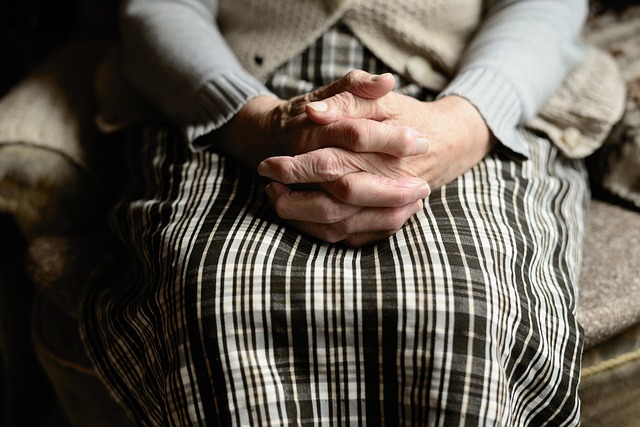
Community design plays a pivotal role in fostering social support, as it creates an environment that encourages connections and interactions among residents. Well-designed real estate developments often incorporate shared spaces like parks, community centers, and social hubs, which serve as neutral grounds for neighbors to gather, engage, and build relationships. These communal areas facilitate regular social gatherings, neighborhood events, and informal conversations, thereby strengthening the sense of belonging and trust within the community.
Moreover, thoughtfully designed neighborhoods with mixed-use zoning promote diverse social interactions. When residential areas are interspersed with retail, cultural, and recreational spaces, residents have more opportunities to connect with people from different backgrounds and ages. This diversity enriches the community atmosphere, fostering a richer tapestry of social support that benefits everyone, regardless of their individual circumstances or real estate preferences.
Building Strong Social Connections in Real Estate Communities

In real estate communities, building strong social connections is a cornerstone of fostering a supportive atmosphere. When neighbors connect on a personal level, they create a sense of belonging that transcends mere geographical proximity. This camaraderie encourages open communication, where residents feel comfortable sharing resources, advice, and even emotional support, enhancing the overall living experience.
Real estate communities can facilitate these connections through organized social events, online forums, or shared amenities designed for interaction. By fostering a culture of inclusivity and engagement, these initiatives strengthen bonds between neighbors, making the community a vibrant and supportive network where everyone feels valued and cared for.
Enhancing Well-being Through Community Atmosphere Initiatives

In the realm of real estate, the community atmosphere plays a pivotal role in enhancing the well-being of residents. Initiatives aimed at fostering a strong community spirit can significantly contribute to creating vibrant and supportive living environments. By encouraging interactions and building social connections, these efforts promote mental health and overall satisfaction among neighbors. Simple measures such as organizing neighborhood events, establishing community gardens, or setting up shared spaces for gatherings can foster a sense of belonging and strengthen the social fabric.
Such initiatives not only add beauty to the physical surroundings but also create opportunities for residents to bond, share experiences, and offer mutual support. This sense of camaraderie can be particularly beneficial for individuals who have recently moved into an area or those dealing with challenges like loneliness or isolation. A thriving community atmosphere acts as a crucial resource, enhancing the quality of life and fostering a positive environment that is attractive to potential residents and visitors alike.
